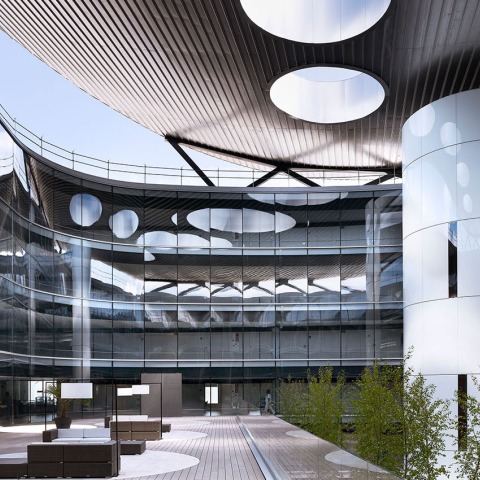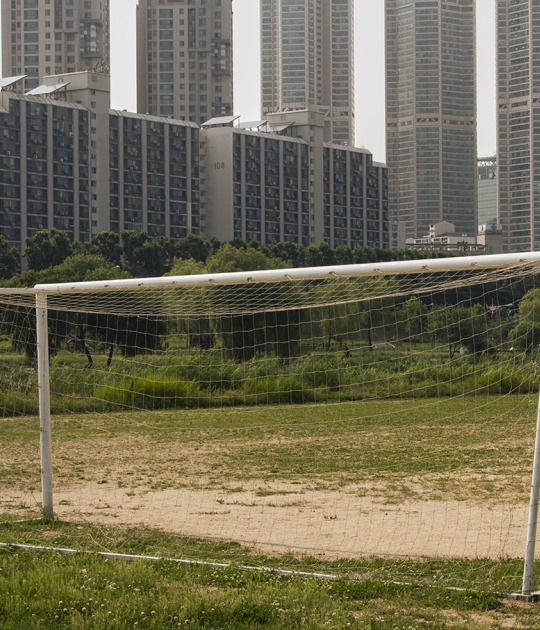His career is more extensive than that of others. After 20 years dedicated to advertising and art photography, an ambitious industrial photography commissioned assignment made him rethink many things. So his specialization in architectural photography came not long ago. At the dawn of the crisis in Spain, "as a need to specialize and at the end of a learning process."
Among the issues he brings up, the first thing he mentions, as an introduction, is that he always preferred "patient" photography, which is not always understood in the highly demanding commissions made by the architects. His work is based on "the right moment, the right time of year and weather conditions; not to depend on any agendas, not to hurry". And that's what he says he offers.
The next step is the technical quality, which is assumed, but not always sufficiently appreciated. "In a time when anyone with a smartphone becomes a professional retoucher, we have to give a twist on things offering a perfection in the execution that most people are not aware of. It is our competitive advantage, and a piece of specialized equipment is essential."
Unlike many colleagues, Alfonso Quiroga is not an architect, in exchange he offers us a precious value. His eye has been educated since the beginning by looking at classics of photography such as Harry Callahan, Edward Weston, and Alfred Stiglitz among others. "At the time, these artists were considered Masters of their craft and precursors of what we nowadays know as "Modern Photography". Their conception of form, volume, and minimalism, of negative space, shaped my style when composing a photograph. For me, architecture photography, in addition to its documentary value, has a unique feature. It allows you to be a witness and intermediary at the same time. A lot of people only get to see a building through my photos if they never visit it. Architectural photography transcends place."
Text by.- José Juan Barba. Dr. Arquitecto.

Wet plate collodion. Photograph by Alfonso Quiroga
Alfonso Quiroga. Personal work.-
Within my personal projects, there is always room to investigate ancient processes. To experiment with the birth of photography I am imbued at the moment, outside my strictly professional work, with what is known as the process of wet plate collodion photography, one of the first photographic techniques in history.
It appeared in 1851, one of the first steps towards snapshot images. Some call it the 19th-century Polaroid. It is a very complex process, 100% chemically handmade, and it produces unique images. I make them on glass plates (called ambrotypes), with an old, wooden, large format camera and antique brass lens built around 1860...
It is called wet because the whole process, from the plates' chemical sensitization to the final exposure and image development, must be done approximately in less than 10 minutes before the chemicals dry, otherwise, the end result is ruined. This requires having a dark room near the place where the photo is taken, which means having to build a portable darkroom if you perform outdoors.
A laborious technique, every unobserved detail is certain to end up in an error, sometimes even obsessive. It is the counterpoint to the conception of the photographic digital process that I work with every day: hundreds of photos taken in a very short time, accumulated in memory cards and hard disks, in contrast to the patience, the care, and the uncertainty of seeing the birth of each photo one by one, that's the real reward.































